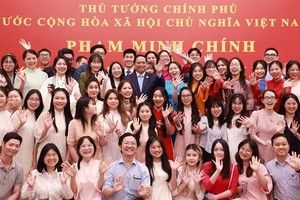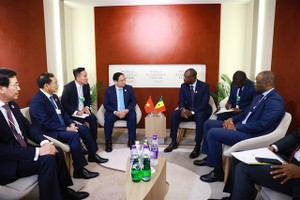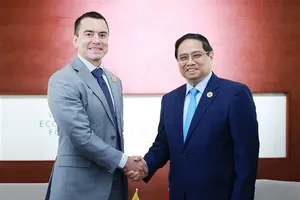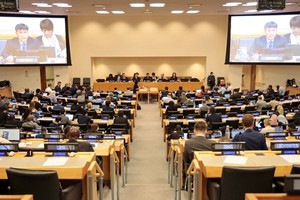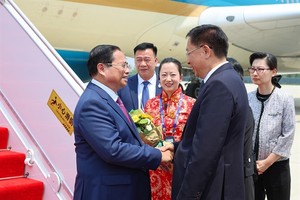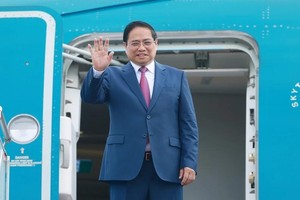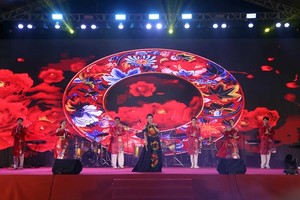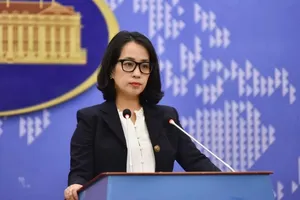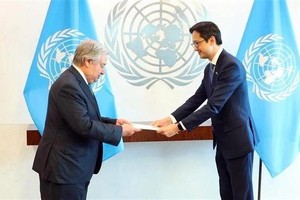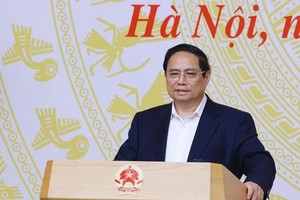The last of four Japanese workers who had been held in China returned home Sunday as the two Asian powers prepare to hold their first high-level talks in weeks after the worst tensions in years.
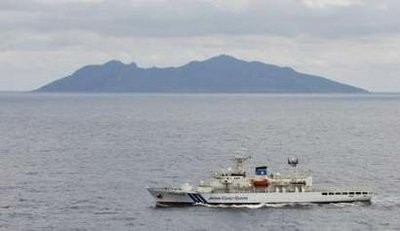
Sadamu Takahashi, an employee of Japanese construction company Fujita, arrived at Tokyo's Haneda airport following a 20-day detention in China.
"I wrote a letter of apology because I videotaped a sign of a military prohibited area, which they (the Chinese authorities) said violated the Chinese law," Takahashi said at a press conference in Tokyo.
But he also said he had no recognition that he was videotaping the prohibited area until he watched the footage during the investigation, he said.
Beijing freed Takahashi, 57, on bail on Saturday, nine days after releasing his three fellow construction workers. They had been detained since September 20 for filming a military site in the northern province of Hebei.
Tokyo-based Fujita said they had been visiting the city of Shijiazhuang to prepare a bid for a contract to dispose of chemical weapons left in China by invading Japanese forces in the 1930s.
Their arrests came with China infuriated by Tokyo's detention of a Chinese fishing captain on September 8 in a disputed area of the East China Sea. Japanese prosecutors released the skipper after acute pressure from Beijing.
Takahashi declined to comment on a possible link between his detention and the territorial row. He only said: "I became depressed sometimes while being caught, not knowing when I would be freed."
China broke off all high-level talks with Japan over the sea incident. But they are set to resume Monday when Japanese Defence Minister Toshimi Kitazawa meets his Chinese counterpart Liang Guanglie in Hanoi, Kyodo News said.
The row between Asia's two biggest economies was the worst in years, and undermined painstaking recent efforts to improve relations marked by decades of mistrust stemming from Japan's brutal 1930s invasion of China.
Traders in Tokyo said Beijing went so far as to disrupt the exports to Japan of rare earth minerals that are essential for making high-tech products.
But the two countries appear to be trying to mend fences, with Japanese Prime Minister Naoto Kan and Chinese Premier Wen Jiabao holding a brief meeting last week in Brussels on the sidelines of an Asia-Europe summit.
Kan has said he agreed with Wen to "resume high-level political exchanges" suspended following the sea incident.
"I believe various things are returning to where they were before," Kan told reporters late Saturday after Beijing released the last Japanese national detained.
Tokyo and Beijing are also seeking to hold an official summit between the two prime ministers on the fringes of the East Asia Summit meeting scheduled in Hanoi later this month, the Yomiuri Shimbun newspaper reported.
The report said it could be followed by a meeting between Kan and Chinese President Hu Jintao at the Asia-Pacific Economic Cooperation meeting to be held in Japan's Yokohama in November.
In the Vietnamese capital on Monday, Kitazawa and Liang will meet for about 30 minutes at a hotel on the margins of regional talks, Kyodo said.
They are expected to reaffirm the significance of a strategic relationship that benefits both sides, while Kitazawa plans to propose establishing a liaison system to deal with incidents in disputed waters, it said.
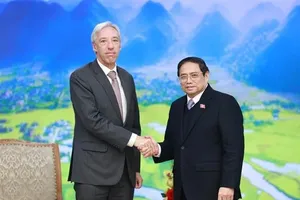
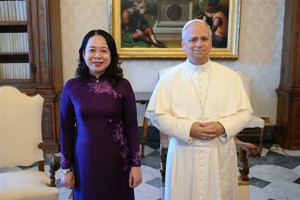
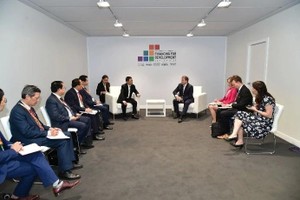
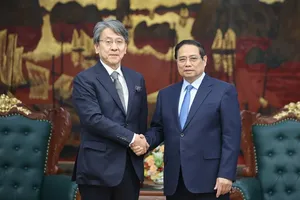
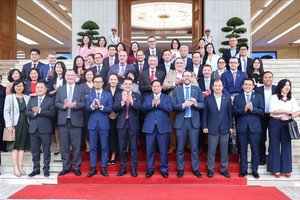
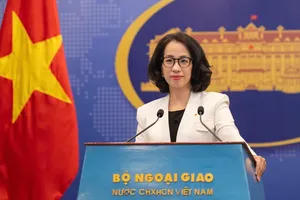
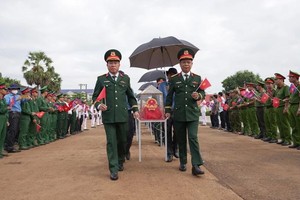
)
